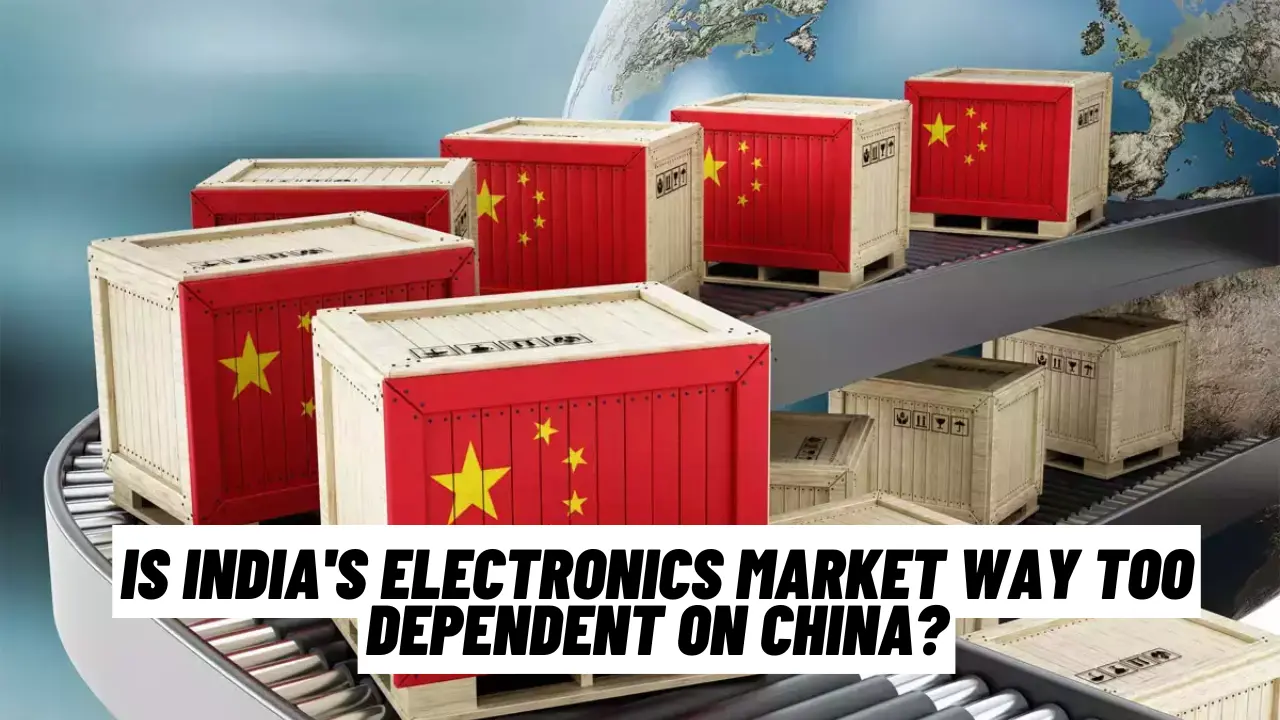Mukesh Ambani’s Reliance Retail has partnered with Shein, a popular Chinese fast-fashion brand, to revive its presence in India. This move is seen as a strategy to strengthen Reliance’s position in the fashion market and compete with its own budget brand, Zudio.
Background:
- Shein’s Popularity: Shein gained immense popularity in India for offering trendy fashion at affordable prices. However, it was banned in 2020 along with other Chinese apps due to security concerns.
- Reliance’s Fashion Empire: Reliance Retail has a vast presence in the fashion sector with brands like AJIO, Reliance Trends, and Zudio. Zudio, in particular, has been successful in attracting budget-conscious consumers with its low-priced fashion offerings.
The Shein Partnership:
- Strategic Collaboration: By partnering with Shein, Reliance aims to bring back the fast-fashion giant to Indian consumers. The collaboration allows Shein to re-enter the Indian market while benefiting from Reliance’s extensive retail network and supply chain.
- Boosting Competition: This partnership strengthens Reliance’s fashion portfolio, allowing it to compete more effectively against other fast-fashion brands like H&M, Zara, and even its own Zudio.
Impact on Zudio:
- Complementary Strategy: Instead of directly competing with Zudio, the Shein partnership is seen as a way to diversify Reliance’s offerings. While Zudio focuses on budget fashion, Shein caters to those looking for trendier, fast-fashion items at slightly higher price points.
- Target Audience: Shein’s return, backed by Reliance, will likely attract younger consumers who were fans of the brand before the ban, while Zudio continues to appeal to the broader, price-sensitive market.
Shein’s desperation to return to the Indian market can be attributed to several key factors:
1. India’s Growing Market Potential:
- Massive Consumer Base: India is one of the largest and fastest-growing consumer markets globally, with a young population that has a strong appetite for affordable fashion. For a brand like Shein, which targets younger consumers with trendy, budget-friendly options, India represents a significant growth opportunity.
- Rising Middle Class: The expanding middle class in India is driving demand for fashion and lifestyle products. This demographic shift makes India a lucrative market for global brands.
2. Impact of the 2020 Ban:
- Loss of a Key Market: When Shein was banned in India in 2020, it lost access to one of its largest and most profitable markets. The brand had gained immense popularity in India due to its wide range of products, competitive pricing, and frequent promotions. The sudden exit likely affected its overall sales and growth trajectory.
- Unfinished Business: Shein had established a strong foothold in India before the ban, with a loyal customer base. The brand’s return is driven by a desire to reclaim its lost market share and resume its growth in a market where it had already seen success.
3. Strategic Partnerships:
- Reliance Partnership: Partnering with Reliance, one of India’s largest and most powerful conglomerates, offers Shein a way to navigate regulatory challenges and re-enter the market. This collaboration provides Shein with access to Reliance’s vast retail network and distribution channels, making its return more feasible and potentially more successful.
- Localized Approach: The partnership with Reliance may also allow Shein to adopt a more localized strategy, catering specifically to Indian consumers’ preferences, which could enhance its competitiveness.
4. Global Competition:
- Staying Ahead of Rivals: In the global fast-fashion industry, competition is intense, with players like Zara, H&M, and local Indian brands constantly vying for market share. By returning to India, Shein can prevent competitors from gaining an edge in a crucial market.
5. Financial Considerations:
- Revenue Growth: India represents a significant revenue stream for Shein. Re-entering the market can boost the company’s overall financial performance and growth prospects, especially at a time when it is expanding into other regions and diversifying its product offerings.
- Investor Expectations: As a high-growth company with ambitions for global dominance, Shein is under pressure from investors to continuously expand and capture new markets. Returning to India aligns with these growth expectations.
Quick Review:
Q: Why is Ambani reviving Shein in India?
A: Ambani, through his Reliance Retail arm, is reviving Shein in India to tap into the growing fashion market and cater to the demand for affordable, trendy clothing. The partnership aims to capitalize on Shein’s global popularity and combine it with Reliance’s extensive retail network to strengthen their position in the fast-fashion segment.
Q: How will reviving Shein help Ambani compete with Zudio?
A: Zudio, owned by the Tata Group, has established itself as a popular affordable fashion brand in India. By reviving Shein, Ambani aims to directly compete with Zudio by offering a similar price range but with a more global, trendy appeal. Shein’s return can attract younger customers and those looking for variety, giving Reliance an edge in the fast-fashion battle.
Q: What role does Reliance play in Shein’s comeback?
A: Reliance acts as Shein’s local partner, facilitating the brand’s re-entry into the Indian market. Reliance will provide the infrastructure, distribution, and retail channels needed to scale Shein’s operations in India, while Shein brings its expertise in online fashion and global brand recognition.







